Trending travel articles

Japan Tour Packages from India Under ₹3 Lakh – Explore Japan on a Budget
Summary: Your dream of exploring Japan is possible, even with a strict budget! This blog shares how Japan tour packages from India under ?3 lakh are possible. It covers real costs, budget tips, the best time to visit, and much more. It helps you understand how to save money and still enjoy a great Japan […]
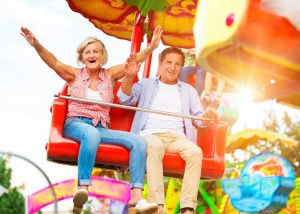
Why Visit Universal Studios Japan in 2025?
Summary: Universal Studios Japan in Osaka is set to make 2025 one of its most exciting years yet with AR-enhanced rides, seasonal spectacles like the Spring Bloom Parade, and special events including Jujutsu Kaisen collaborations. From Super Nintendo World to Harry Potter’s Wizarding World, thrilling rides, themed dining, and family-friendly experiences, USJ continues to be […]
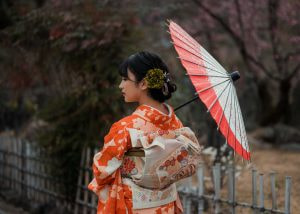
7-Day Japan Itinerary 2025 – Tokyo, Kyoto, & Osaka in One Week!
Summary: This 7-day Japan itinerary is perfect for Indian travellers visiting for the first time. It covers the best of Tokyo, Kyoto, and Osaka with a mix of sightseeing, fun, and culture. The plan is easy to follow and suits families, couples, seniors, and solo travellers. It is a simple, enjoyable tour plan to explore […]

Exploring Osaka Castle 2025: Tips, History & What to See!
Summary: Uncover the history, architecture, and must-see spots of Osaka Castle. The guide offers travel tips for a smooth visit. Japan is a place where old traditions and modern technology exist side by side. From the serene temples of Kyoto to the neon-lit streets of Tokyo, a trip to Japan is full of wonder and […]
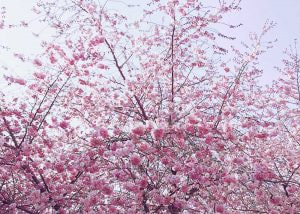
A Guide to Japan’s Cherry Blossom Season 2025!
Summary: This comprehensive guide to Japan’s cherry blossom season offers insights into the best viewing spots, the cultural practice of hanami, and the symbolic significance of sakura. It provides tips on timing and locations to experience this fleeting natural spectacle. Japan is a place where modern wonders mix effortlessly with old traditions. It is not […]
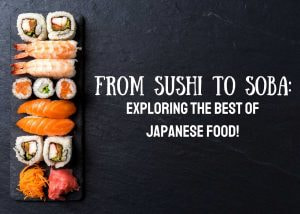
From Sushi to Soba: Exploring the Best of Japanese Food in 2025-26!
Summary: This blog delves into the best of Japanese food, exploring traditional dishes like sushi, ramen, and tempura. It provides insights into regional specialties and dining etiquette, offering a comprehensive guide for food enthusiasts. Japan has always been a fascinating destination for Indian travelers. Traveling to Japan offers you with an intense sensory experience. From […]
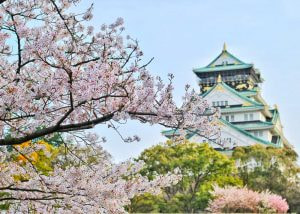
From Mt. Fuji to Tokyo Tower: 7 Reasons to Visit Japan in 2025!
Summary: This blog shares top reasons to visit Japan, from the breathtaking Mount Fuji and vibrant cherry blossoms to rich traditions, futuristic cities, and exceptional cleanliness. Japan’s blend of serenity and innovation makes it a must-visit for culture, nature, and technology lovers alike. Japan has a rich and varied history and is among the oldest […]
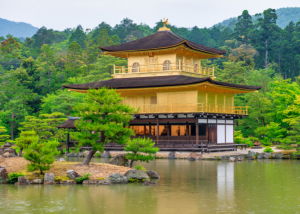
Explore The Golden Pavilion : The Icon f Japanese Culture
Explore the fascinating world of Japan Tourism, where old traditions and peaceful landscapes await your discovery. Come along with me on a virtual trip to Kyoto – the cultural center of Japan, and see the fascinating Golden Pavilion temple. This Buddhist temple in Kyoto – Japan, is hidden within this charming city. It is a […]
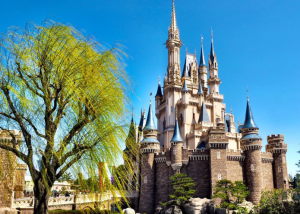
Discover The Magic Of Tokyo Disneyland, Where Joy Knows No Bounds!
Welcome to Tokyo Disneyland, a unique place that mixes the magic of Disney with the fascination of Japan Tourism. Tokyo Disneyland Japan, a beloved landmark in the middle of the nation, attracts tourists from all corners of the globe. It is the first overseas Disney theme park opened outside of the US in 1983. Tokyo […]
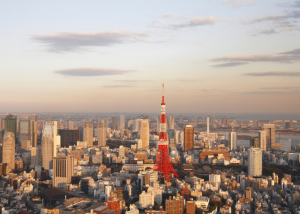
Tokyo Tower: An Enchanting Symbol of Tokyo!
Welcome to the fascinating world of Tokyo Tower, an iconic landmark in the special wards of Tokyo. In the heart of the city, the Tokyo Tower rises against the skyline, displaying the traditional and modern sides of Japan. As a popular tourist attraction and significant structure, Tokyo Tower offers incredible views of the city and […]




















